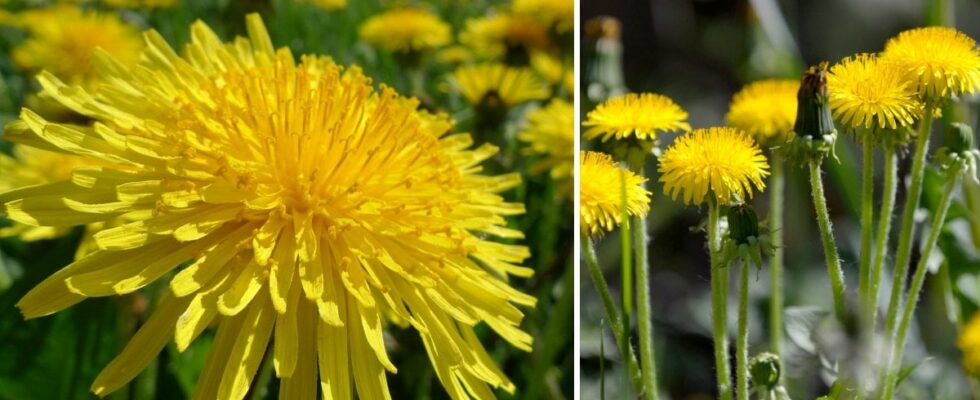Summer is truly here and outside everything is still green and fertile. The lilac has just finished blooming and the dandelions are growing like weeds. But don’t fight them for everything in the world, they are pure miracle plants.
Many people think dandelions are terrible and want to fight the growing yellow flowers as quickly as possible.
DO NOT MISS:
That way you get a lot of fruit on your tomato plants
Therefore, you should ALWAYS store your tomatoes upside down
Therefore, you should leave the dandelions in the grass
But according to the gardener Linda Schilén should you let dandelions grow freely in your garden, as they actually do more good than harm.
Dandelions benefit biodiversity and provide food for insects and bees. The flowers are rich in both pollen and nectar.
A perfect flower for butterflies
The yellow flower also attracts butterflies to you, and serves as a perfect runway.
– The shape of the dandelion with wide flowers is important for butterflies to be able to land. With their wings, they can’t possibly land on and crawl into bell-shaped flowers. The butterfly needs a proper runway, says Linda Schilén Live and Live.
DO NOT MISS:
This is how you get rid of vermin on your pallet leaves – the plant expert advises
The common mistake destroys the tulips – this is how you avoid the bouquet starting to fade
Reduces the risk of aphids in the garden
The flowers also reduce the risk of pests on other flowers in your garden.
– We need dandelions to keep pests in check. For every pest we need a predator, and they are initially vegetarians that live on pollen and nectar. When they get old enough, they transition to becoming carnivores. If you don’t have summer flowers or dandelions in your kitchen garden, you fail to get the predators there, she says Live and Live.
In addition to the fact that the dandelion is useful for life in the garden itself, it is also very useful for people to eat. They are rich in several vitamins, iron and calcium. You can eat both the flower, the roots and the leaves and cook in several ways.
READ MORE: That’s why your Monstera has turned yellow – the simple trick solves it
